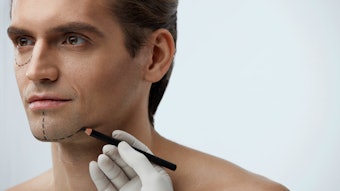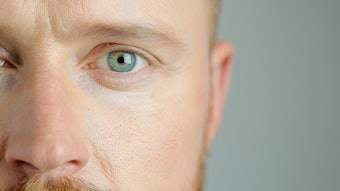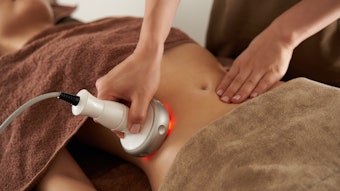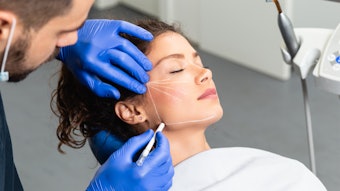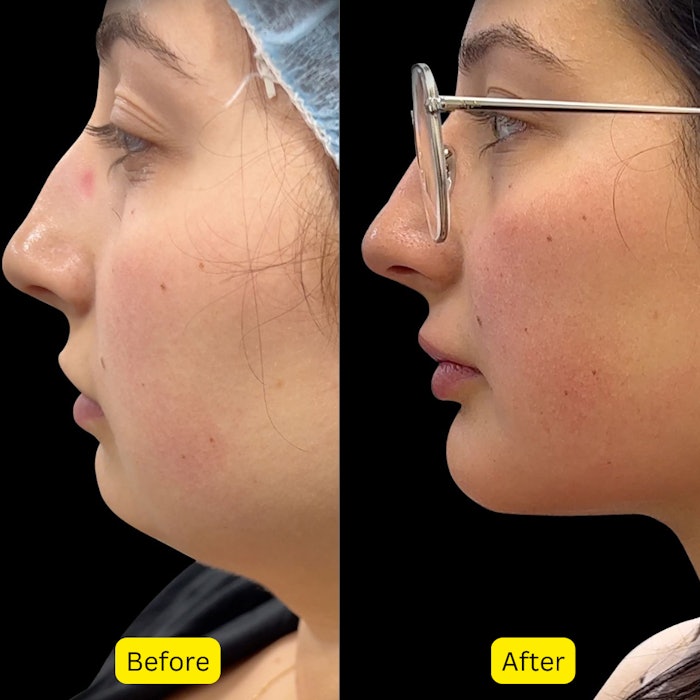
So, your favorite celebrity looks better than ever—not thanks to fillers or threads, but a new kind of surgery they’re turning to at a younger age than ever before. The "baby facelift" has become the go-to solution for those in their 30s and 40s seeking natural, long-lasting results without the downtime or dramatic changes of traditional facelifts.
The baby facelift, an evolution of the mini facelift, directly addresses the growing demand for minimally invasive solutions that deliver real results where other approaches—such as threads, radiofrequency and fillers—often fall short.
Unlike threads, which provide temporary lifting, or radiofrequency and fillers that tighten or volumize, the baby facelift achieves noticeable and sustainable outcomes by directly addressing the root cause of sagging: tissue displacement.
What sets the baby facelift apart in 2025 is how it combines subtlety with effectiveness. With shorter recovery times, minimal scars and lasting effects, it’s designed for a younger, high-performing demographic looking for a reliable, proven solution to early signs of aging.
What Sets a Baby Facelift Apart?
The baby facelift makes sense anatomically, as it restores fallen tissues to their proper position rather than relying on temporary fixes like threads, fillers, or devices. While these minimally invasive options may offer minor improvements, they often fail to provide the sustainable results some patients need.
For individuals seeking long-term solutions, a baby facelift—focused on releasing and lifting tissues—is the answer.
Diminished scarring is another advantage.
A traditional facelift involves a continuous scar: in front of the ear, behind the ear and into the hairline. This totals about 26 cm of scarring. Mini facelifts save approximately 10 cm of scar length. A well-executed baby facelift goes even further, with scars hidden just behind the hairline and the remainder concealed in the hair. The result? Virtually invisible scars that are concealed in areas that are almost impossible to see.
These advanced techniques didn’t exist 15 years ago. The use of technologies like endoscopes, as well as a better understanding of the releasing of key ligaments in the face to allow repositioning, has become a game changer. Today, aesthetics have revolutionized, enabling people to look younger and more attractive than ever, without the stigma of visible scars.
Downtime: A Barrier Broken
Traditional facelifts require extensive recovery—sometimes up to three months. In contrast, baby facelifts leverage smaller incisions and newer, minimally invasive techniques. Many patients find themselves back to shopping, socializing, and daily routines within a week. There’s a whole host of recuperation techniques available to patients that didn’t exist years ago, including photo biomodulation, supplements to accelerate healing and lasers that diminish bruising quickly.
A Word of Caution on Baby Facelifts
Not every surgeon is skilled at adapting facelift techniques for younger patients, and using traditional methods on youthful faces can lead to unintended consequences.
Younger individuals often experience more visible scars due to over-healing, where fibroblasts continue repairing a scar even after it has fully healed. In contrast, older patients tend to develop thinner, flatter scars.
To address this, placing scars discreetly within hair-bearing areas or behind the ears ensures a more natural and stealthy appearance, aligning with the goal of effortless youth.
Aging on Your Own Terms
Maintaining a youthful appearance isn’t about reversing time but embracing a process of slowing down the visible effects of aging. This philosophy resonates strongly in the growing demand for procedures like the baby facelift—a refined approach to aesthetics designed for individuals who prioritize longevity and natural results.
The typical baby facelift patient is a high-performing individual, usually females in their late 30s to mid-40s. These patients come from youth-driven fields, such as media or entertainment, or work in professions where appearance plays a pivotal role. Many have spent years focused on their careers and now want to invest in themselves.
Interestingly, this trend mirrors a cultural insight long understood in South Korea: looking your best with a little nip and tuck can yield better outcomes in both work and love. For these patients, the goal is not to look drastically different but to subtly restore their natural vibrancy.
While some prefer minimally invasive treatments like fillers or thread lifts due to their convenience, as a plastic surgeon, I emphasize that surgical procedures, such as the baby facelift, often provide longer-lasting, more comprehensive results. Unlike temporary fixes, a well-executed surgery can yield natural-looking results with minimal scars and downtime—qualities that appeal to today’s discerning patients.
Most baby facelift patients are women facing the relentless beauty standard of “looking like yourself forever.” While some claim to embrace aging gracefully, all it takes is a dramatic transformation—like Lindsay Lohan’s—to make others rethink their stance.
With innovative techniques and a deeper understanding of individual needs, delaying the signs of aging is becoming less about choosing one path over another and more about finding the right combination of solutions tailored to the individual.






